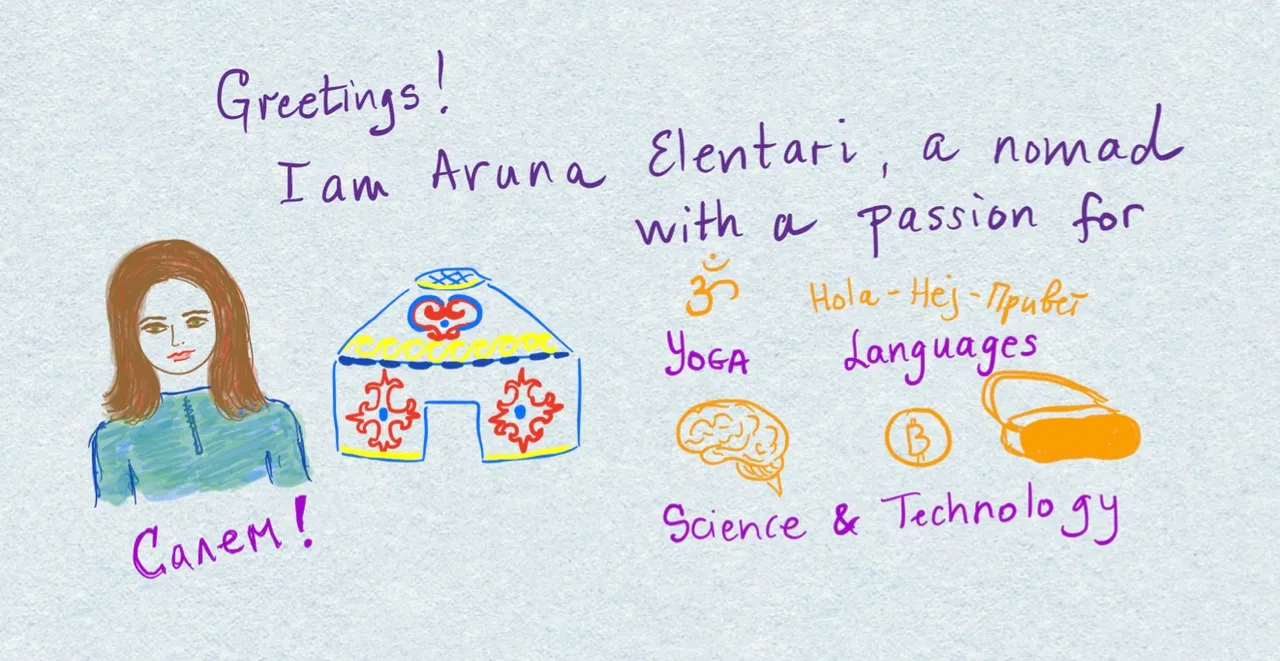
Greetings! Let me introduce the eight muses that adorn a hall next to an entrance to the Prado Museum. The muses are, from left to right, Clio, muse of history; Terpsichore, muse of choral song and dance; Calliope, muse of epic poetry; Urania, muse of astronomy; Erato, muse of lyric poetry; Melpomene, muse of tragedy; Polymnia, muse of pantomime and geometry; Euterpe, muse of woodwind music. According to Greek mythology, the muses were the daughters of Zeus and Mnemosyne, and sang together to the gods of Olympus or to poets to inspire them. They were worshipped at the Museion of the famous library of Alexandria from where the word "museum" originates.
I had a wonderful visit to the Prado Museum which houses works by Titian, Peter Paul Rubens, Caravaggio, Giovanni Battista Tiepolo, El Greco, Francisco Goya and Diego Velázquez, including his famous Las Meninas. As promised in my last post, Walk with me in the Buen Retiro Park of Madrid, here are some of the highlights from my trip to the museum. Enjoy!
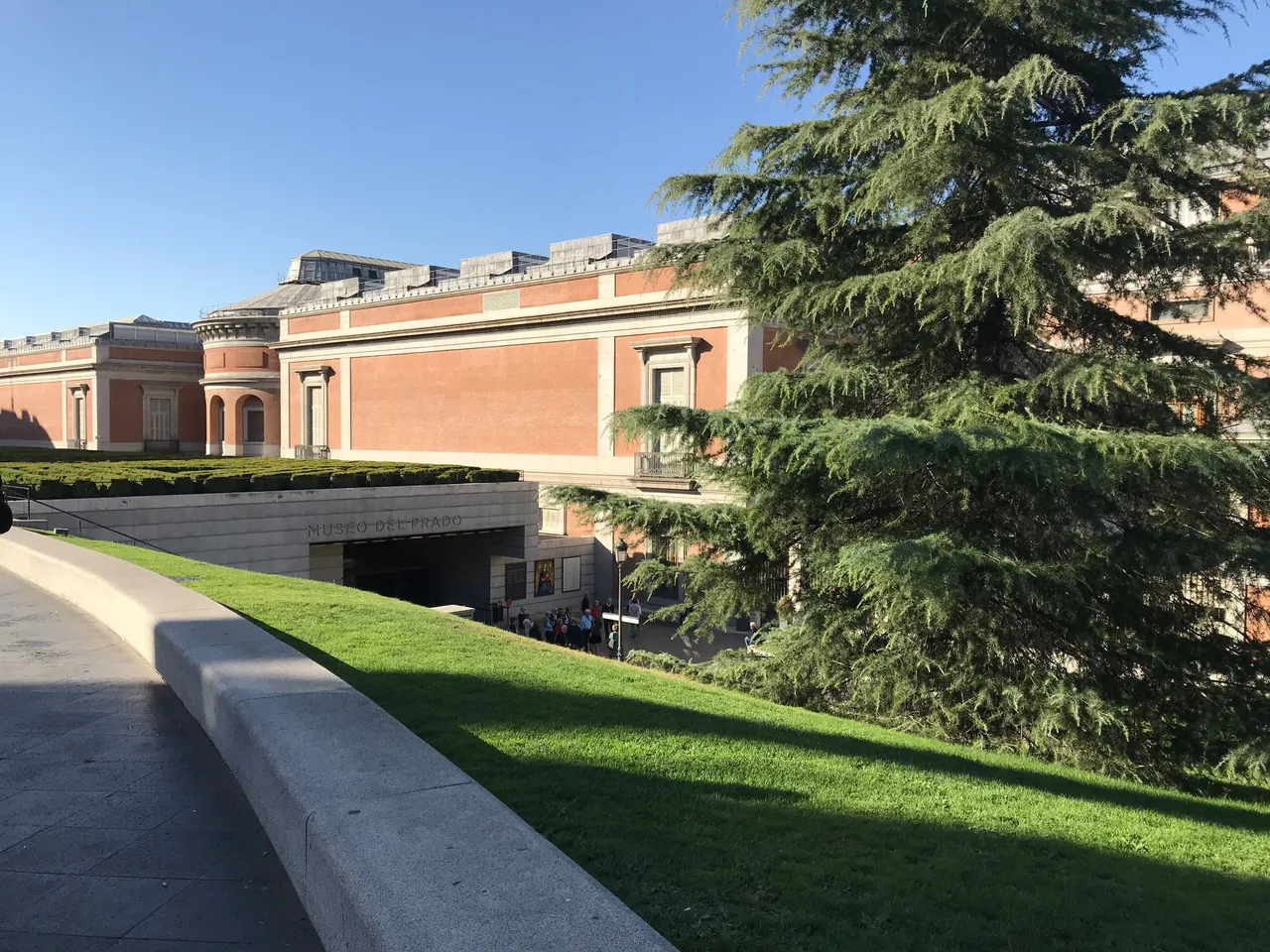
On the ground floor, I saw a painting of two girls who reminded me of the twins in the movie Shining.
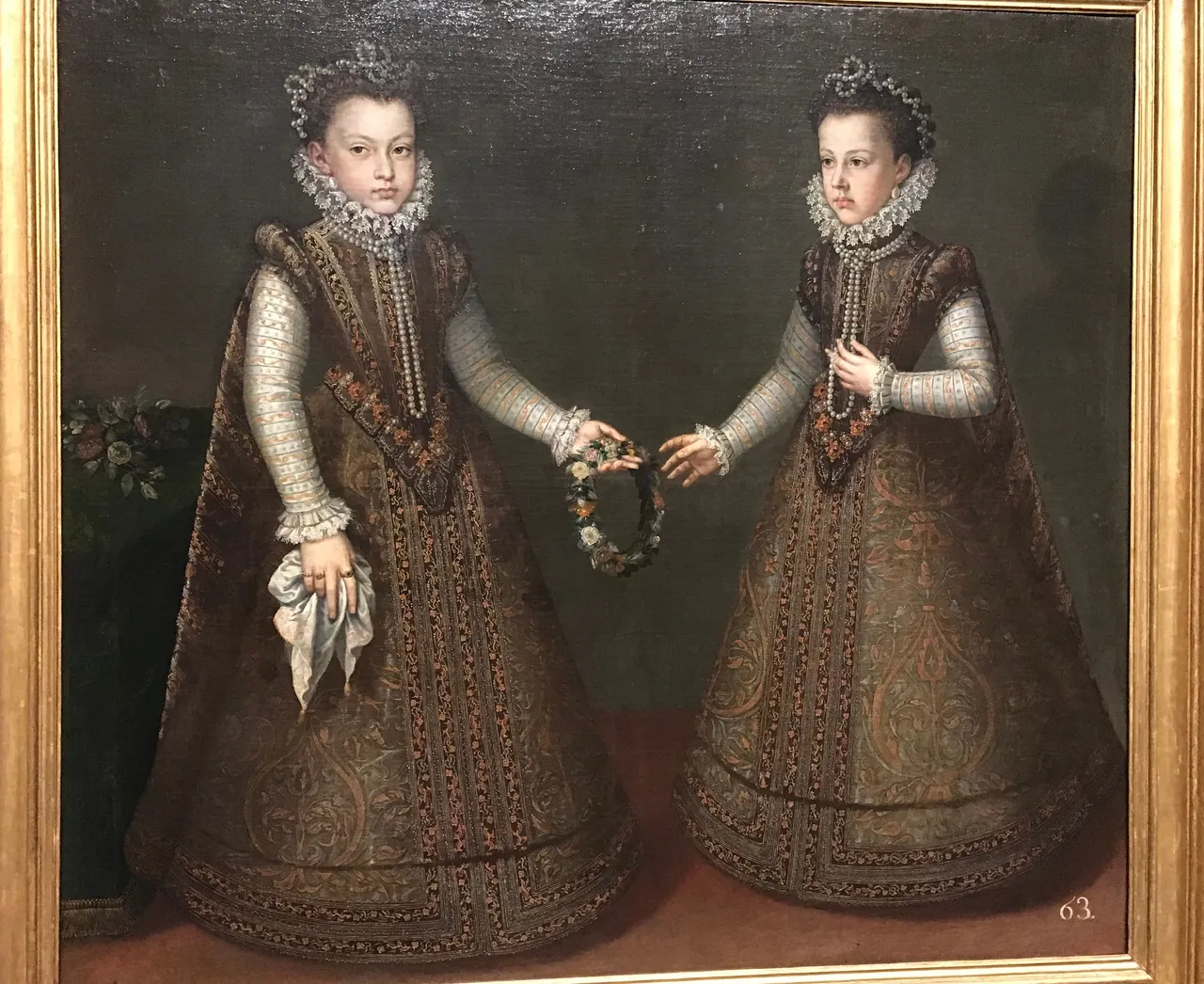
A large fraction of the paintings had a Christian theme such as crucifixion, annunciation, baptism of Jesus, the last supper and portrayal of many saints, such as St. Catherine of Alexandria by Fernando Yáñez de la Almedina.
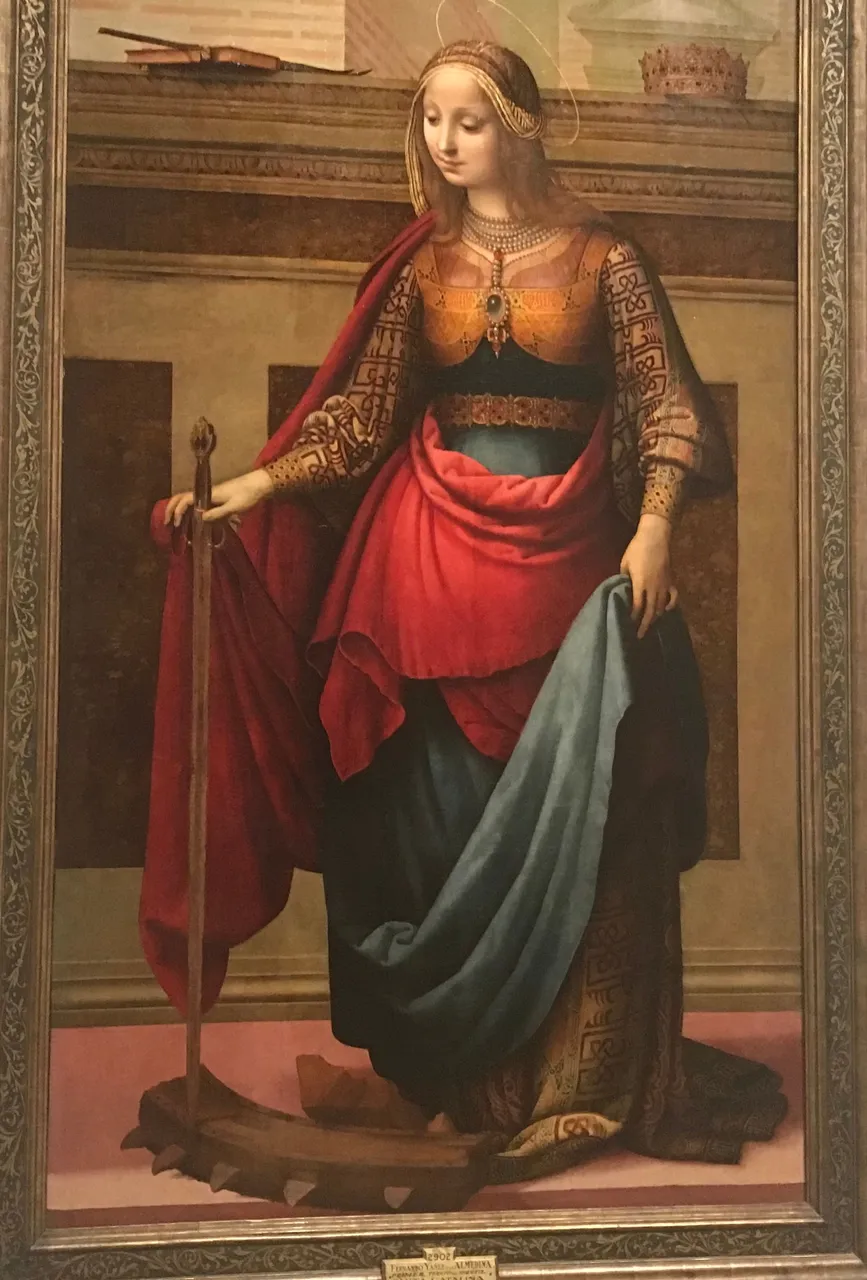
A few paintings depicted Virgin Mary squirting milk from her breasts over damned souls in hell or directly to the mouths of men who spoke highly of her. There was also a painting of Alcmene, mother of Hercules, squirting milk from her naked breasts which supposedly created the Milky Way according to one version of the Greek myths.
There was also a number of paintings of Adam and Eve such as a splendid pair of oil-on-panel paintings by Albrecht Dürer from 1507.

One particular duo that was really beautiful was a painting of Adam and Eve by Titian, created in 1550, and a copy of the same painting by Rubens from 1628-29 (to the right), with some modifications such as Adam having a more muscular body and an addition of a parrot.
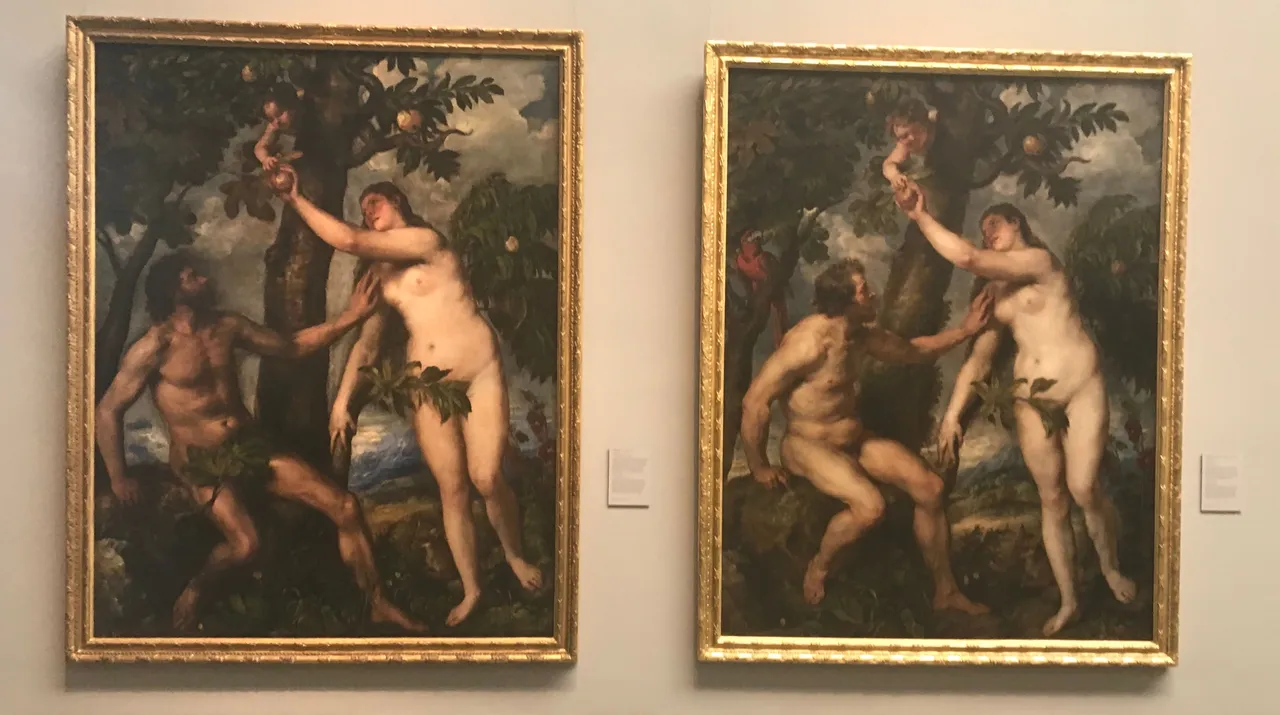
The second floor of the museum has several rooms dedicated to Goya's paintings, many of which depicted simple life such as "Boys picking fruit" and "Dance on the banks of the Manzanares".
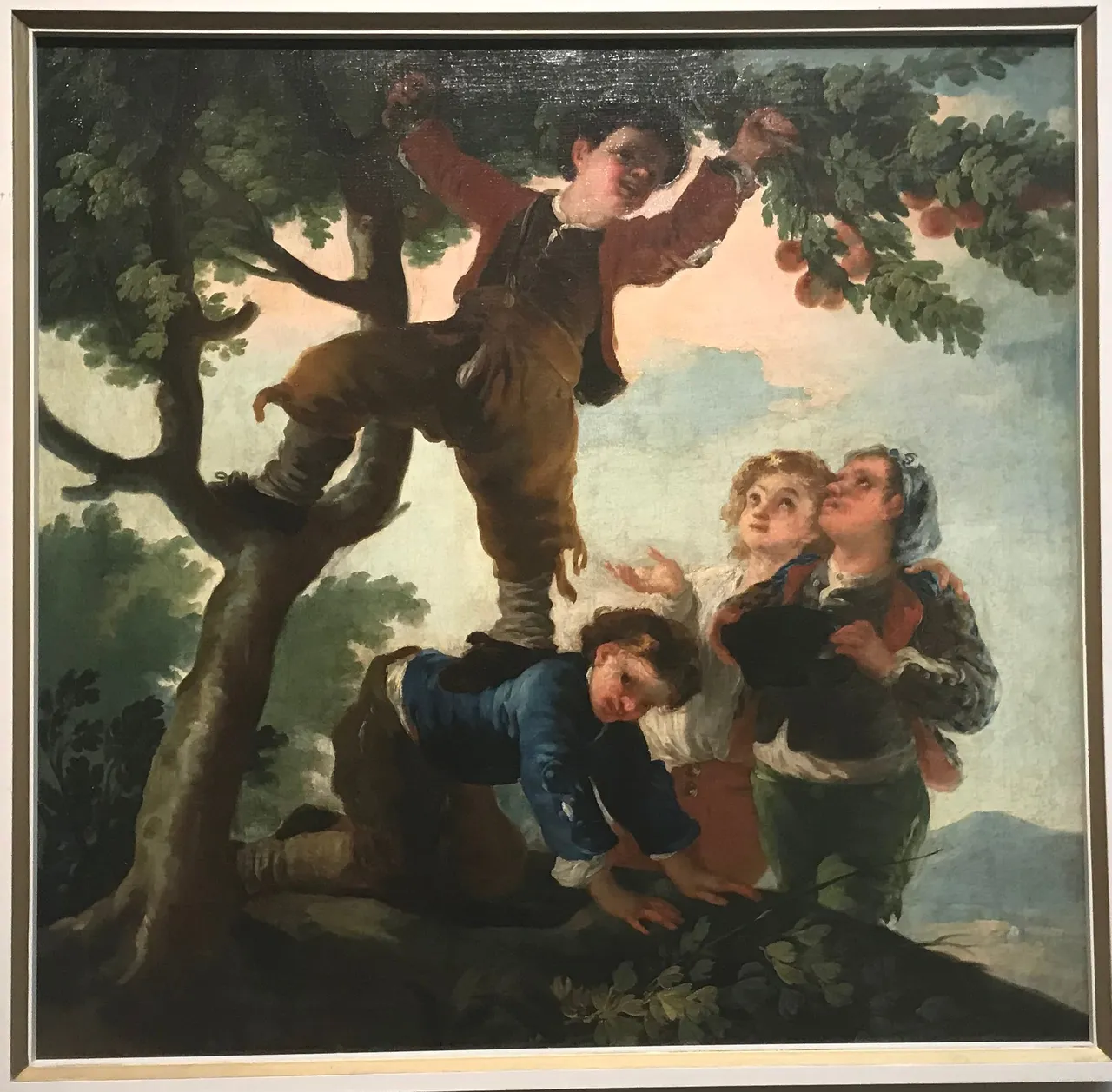
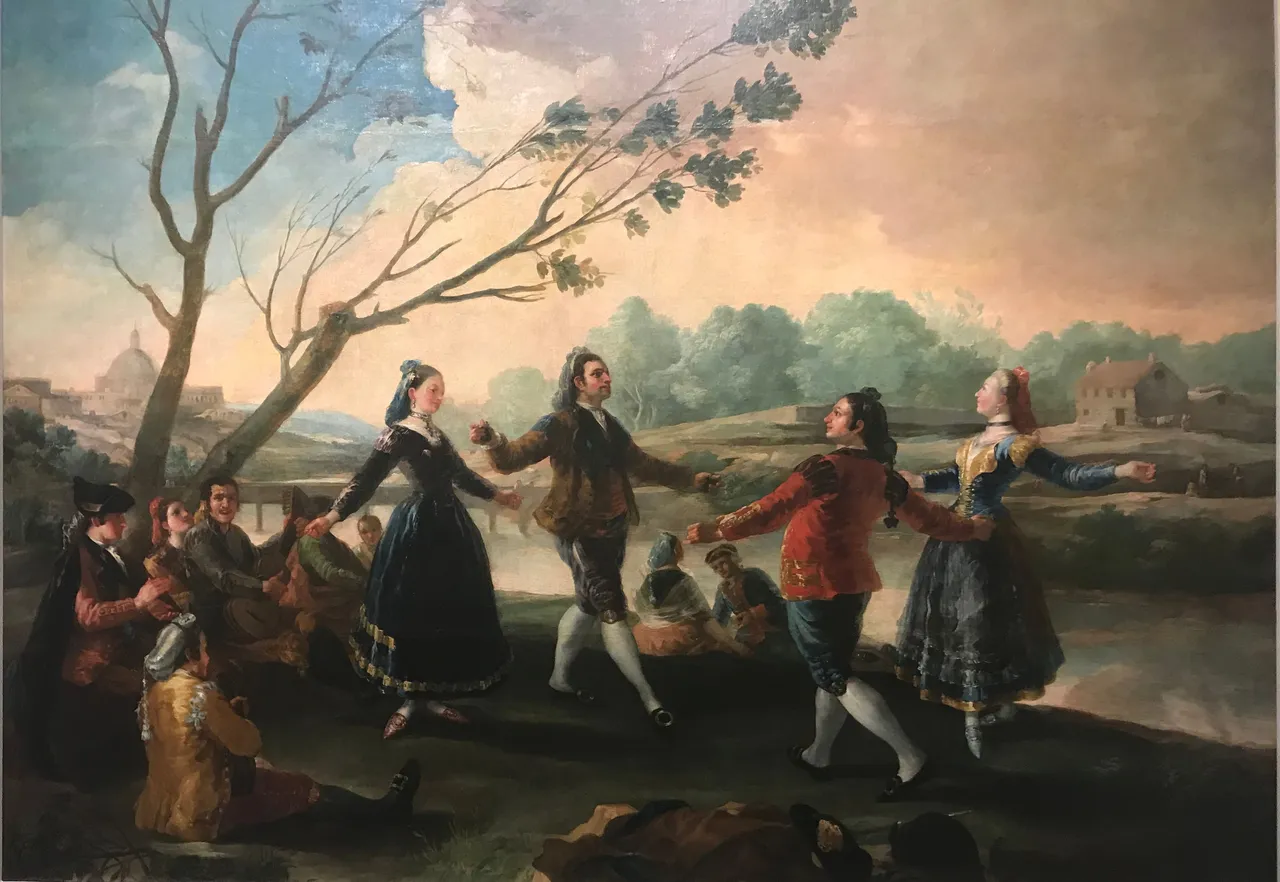
Goya also portrayed Christian themes such as the magnificent painting "The sacred family with the infant St. John the Baptist" made between 1775 and 1780 and located on the first floor of the museum.
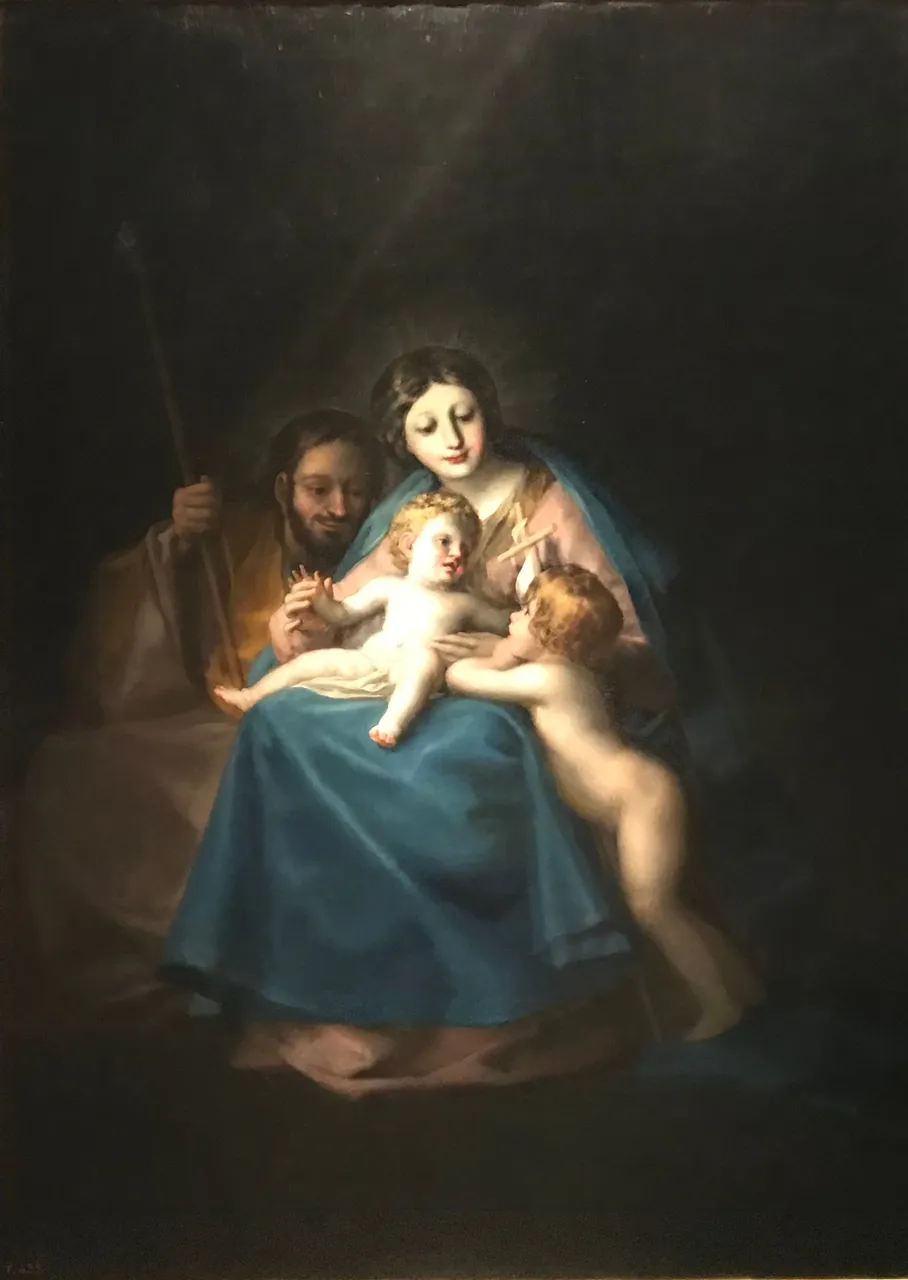
Of course, there was also a large hall dedicated to the works of El Greco whose spectacular paintings can be easily recognized. He said: "I hold the imitation of color to be the greatest difficulty of art" yet he was the master of color, unmatched in his ability to evoke strong emotions through use of dramatic color.
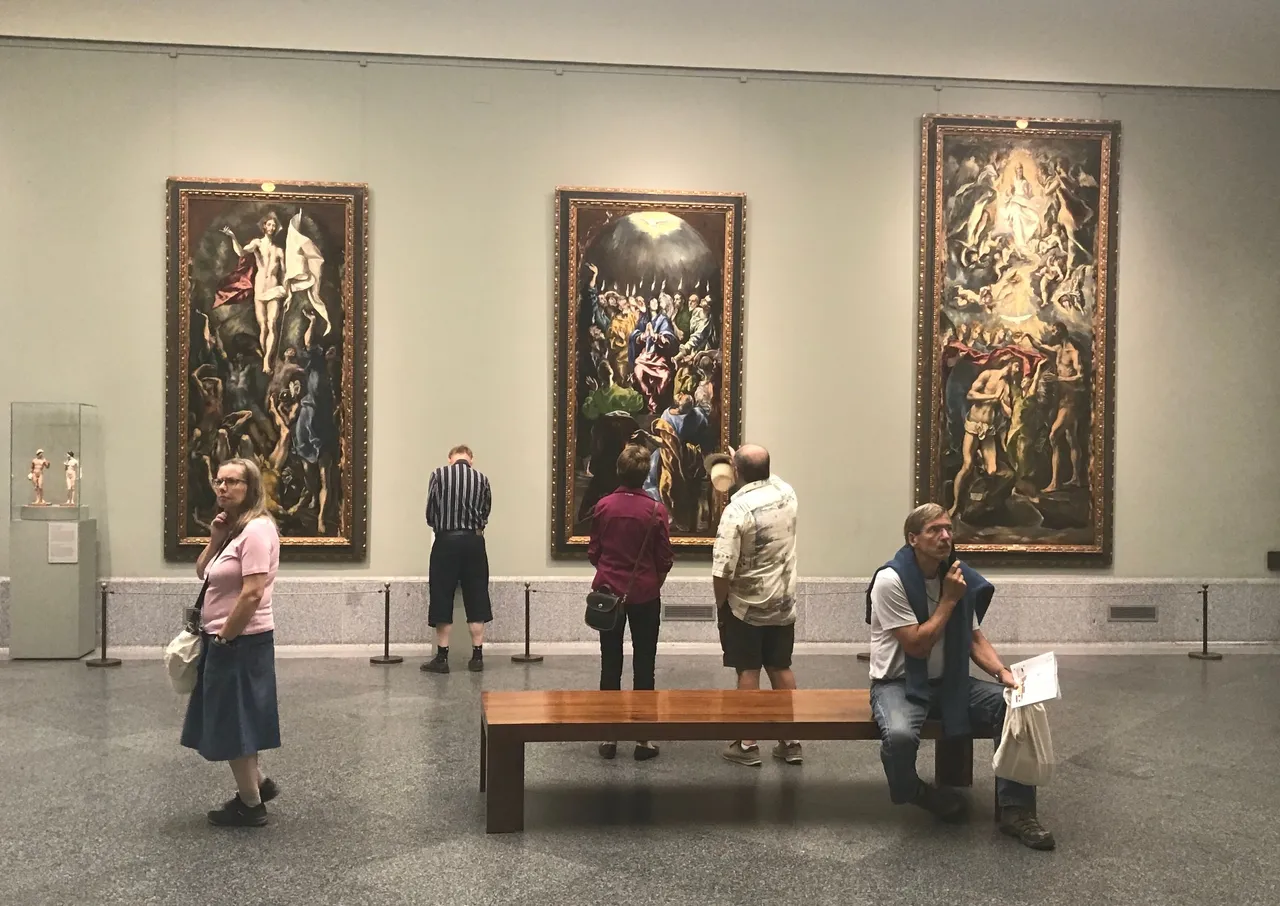
My favorite floor in the museum is the first floor that had a room with really large paintings such as "The Death of Seneca" by Manuel Domínguez Sánchez. The painting portrays Seneca, a famous Roman stoic philosopher, statesman and dramatist as well as teacher of the mad emperor Nero, having taken his own life because Nero accused him of treason and ordered to execute him, and surrounded by his mourning friends.

The first floor also had a number of beautiful paintings by Titian, including the sensual ones "Danae receiving the golden rain" from 1553 and "Venus and Adonis", made in 1554.
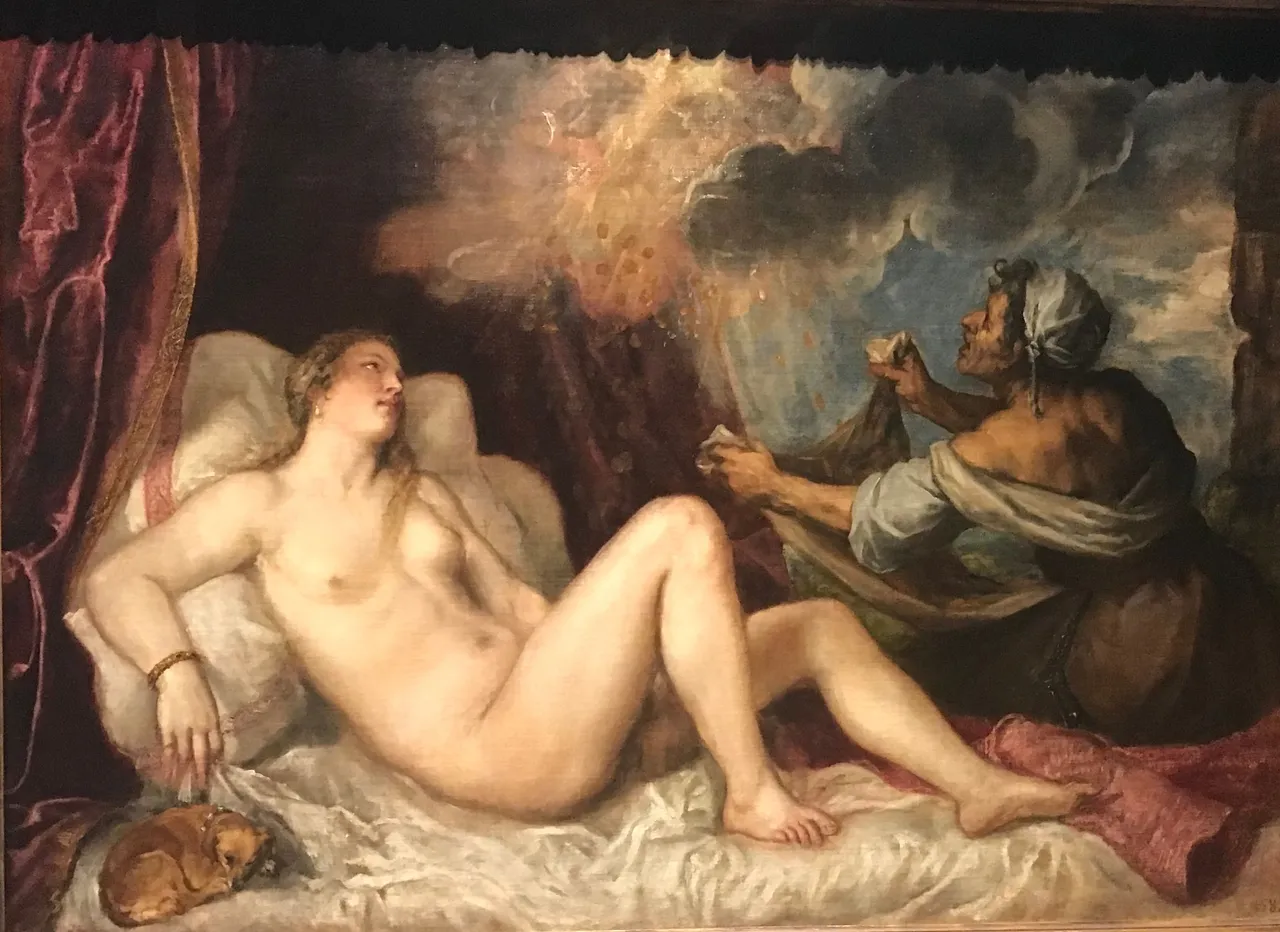
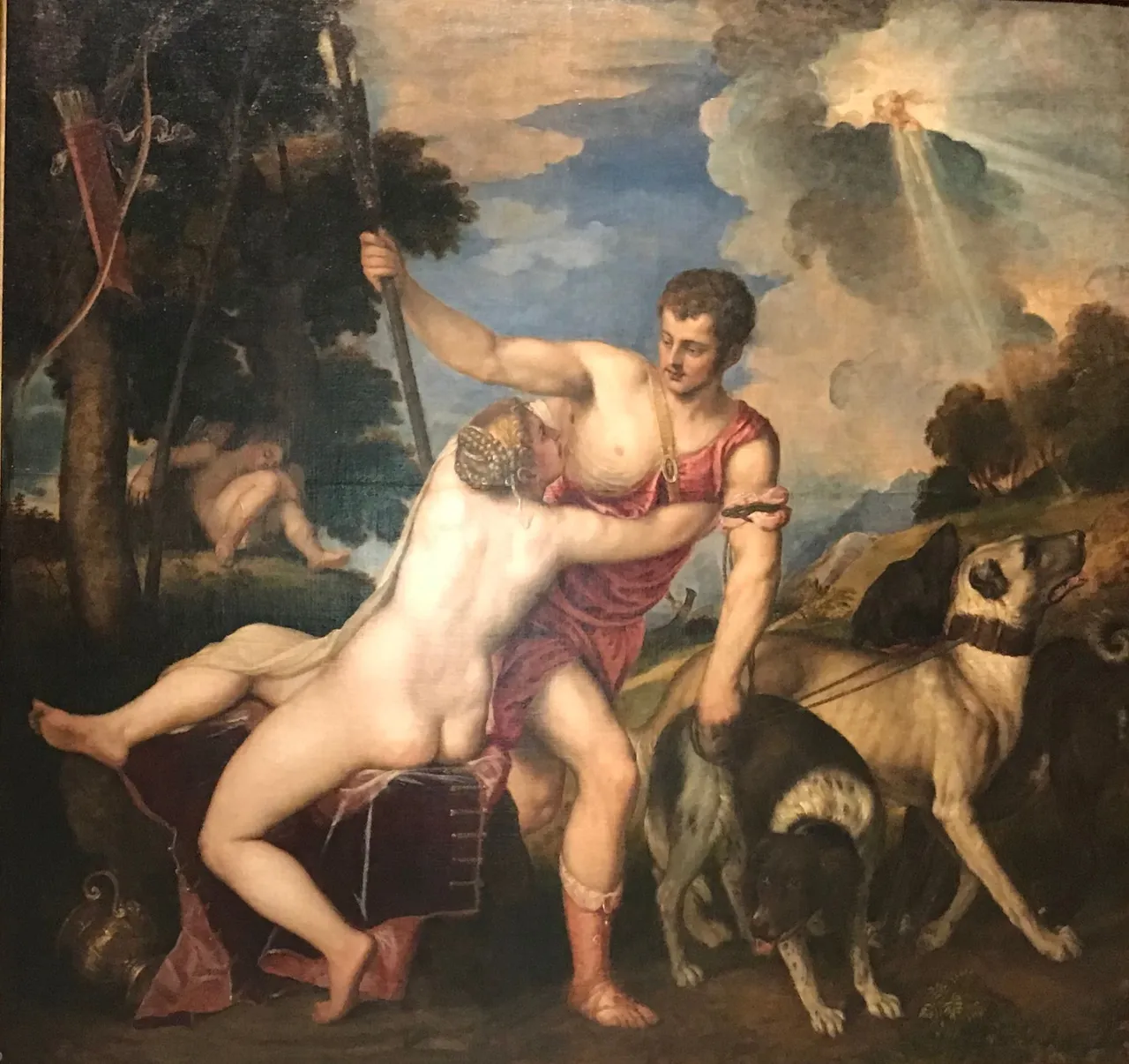
The museum also has a collection of Roman sculptures.
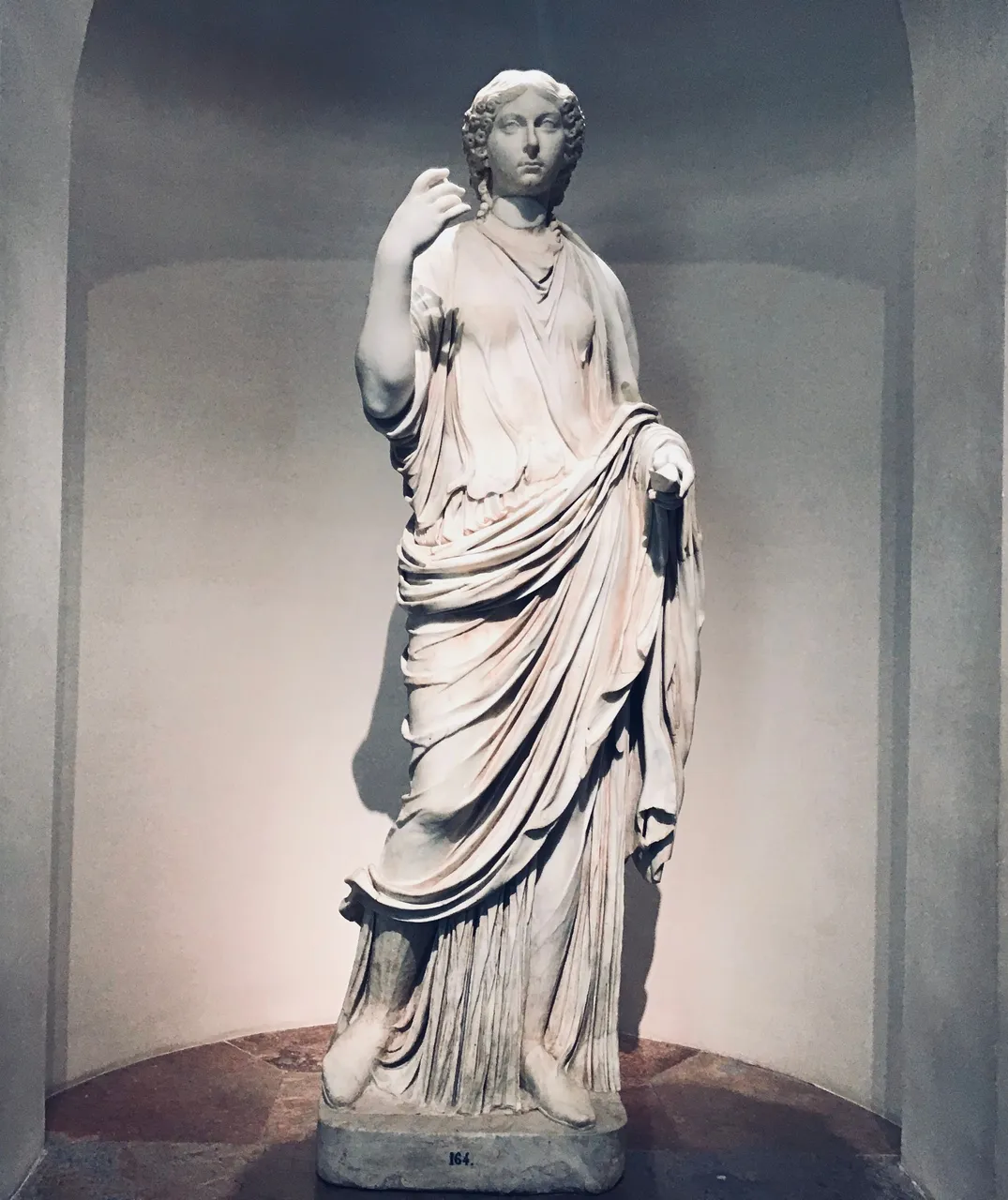
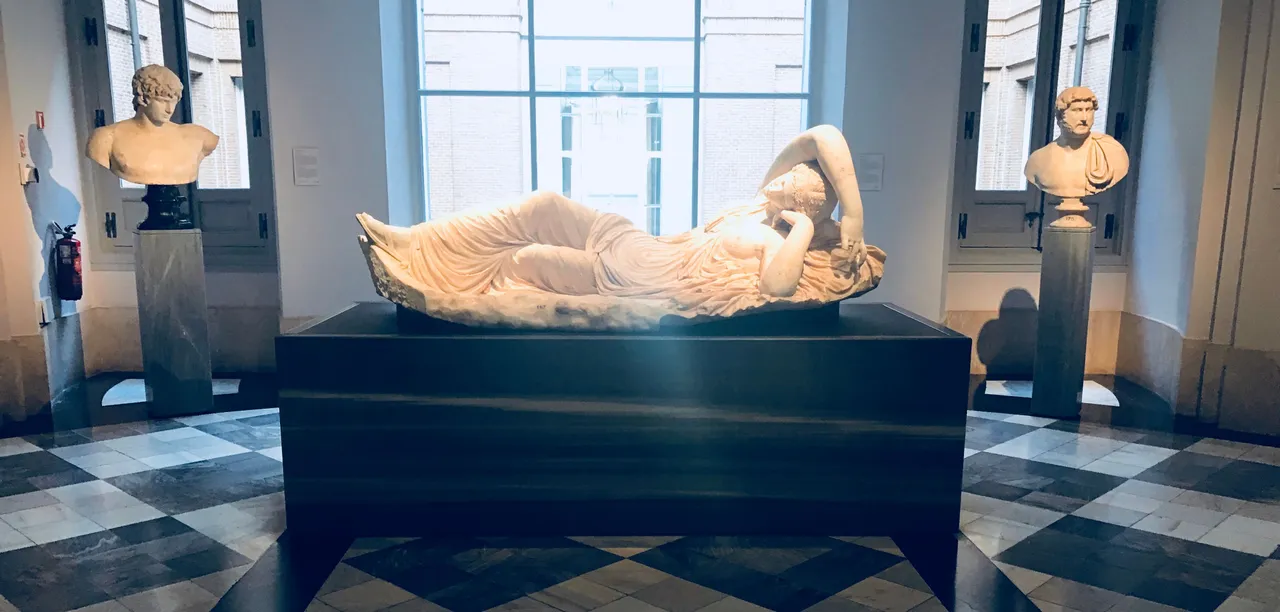
Next to a staircase on the ground floor stood a sculpture dedicated to the goddess Fortuna who was very popular among the Romans.
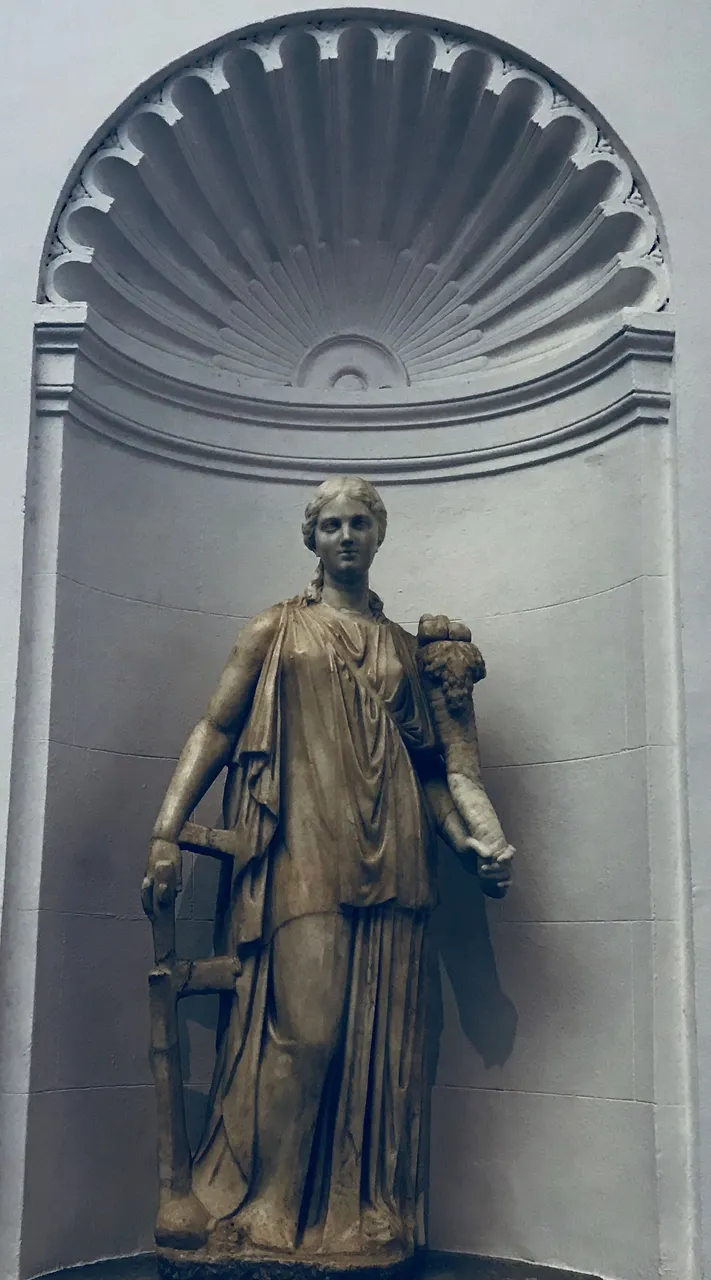
The museum had three bookstores, in one of which I bought a little notebook with an image of Infanta Margaret Theresa from Las Meninas by Velázquez, and in the other, depicted below, a Spanish version of Richard Wagner's essay "Art and Revolution", primarily because it was very small and easy to carry on my travels.
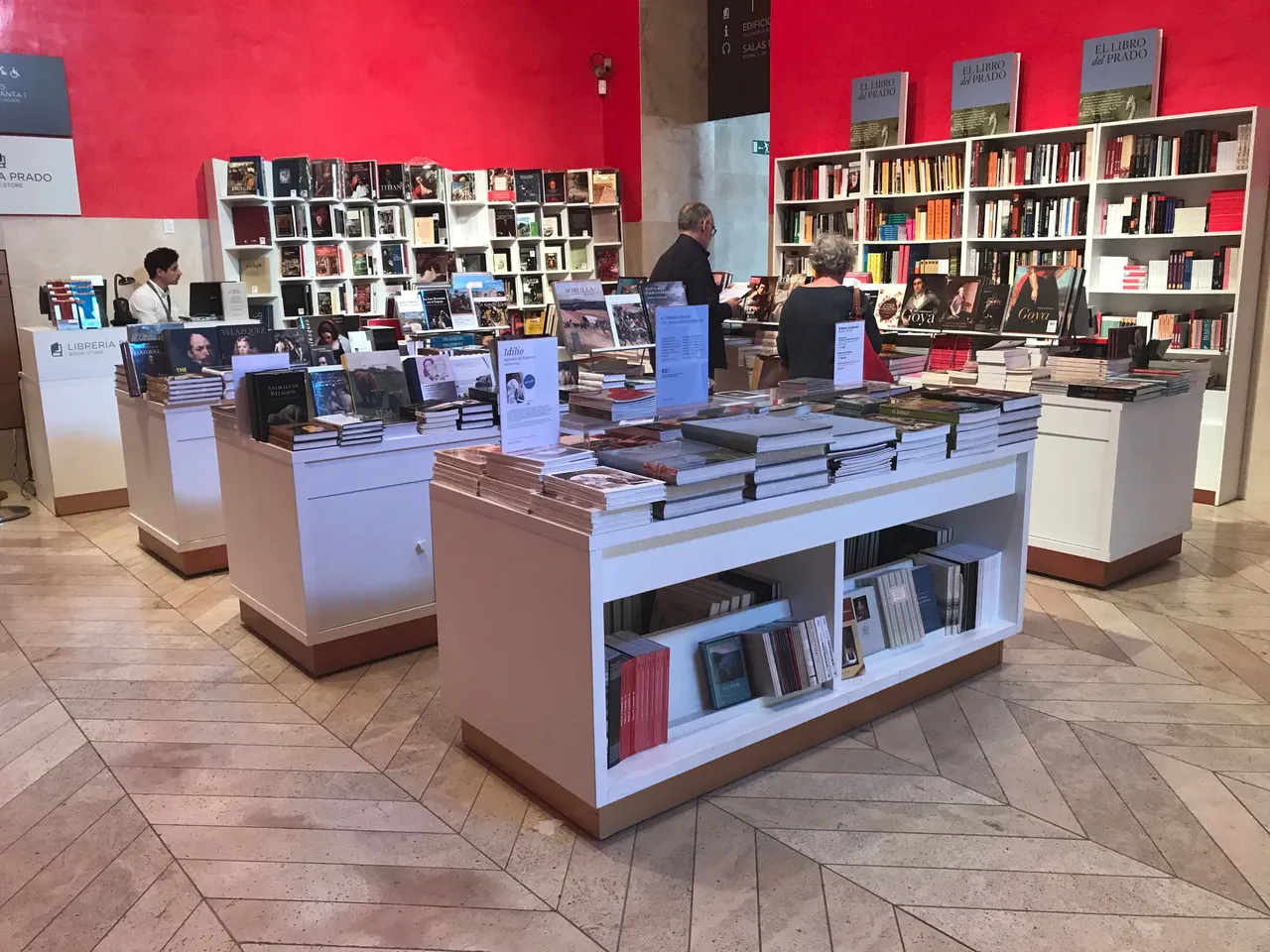
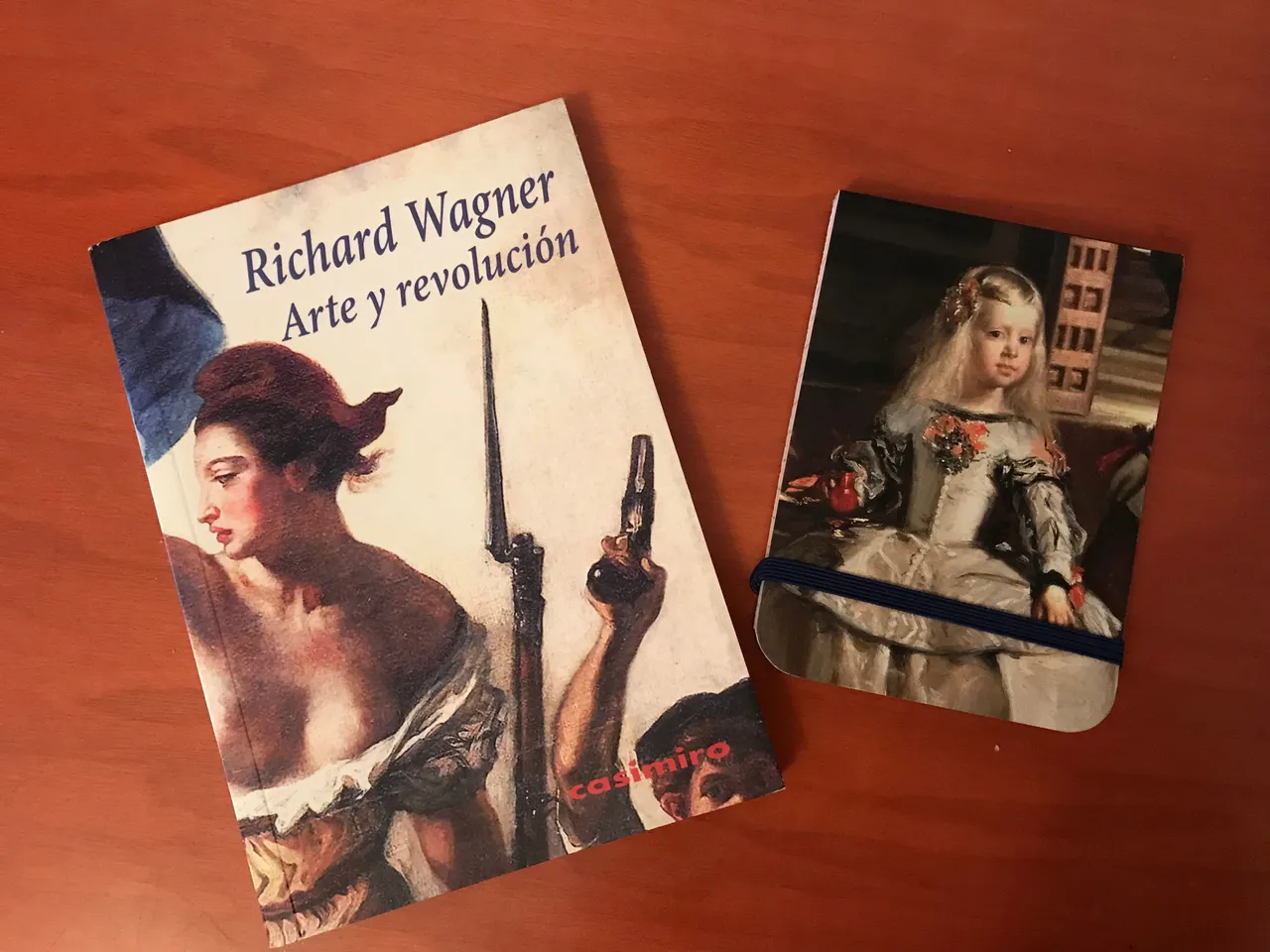
In one of the halls on the first floor stood a sculpture of the God of Sleep in his sleepy stance of course.
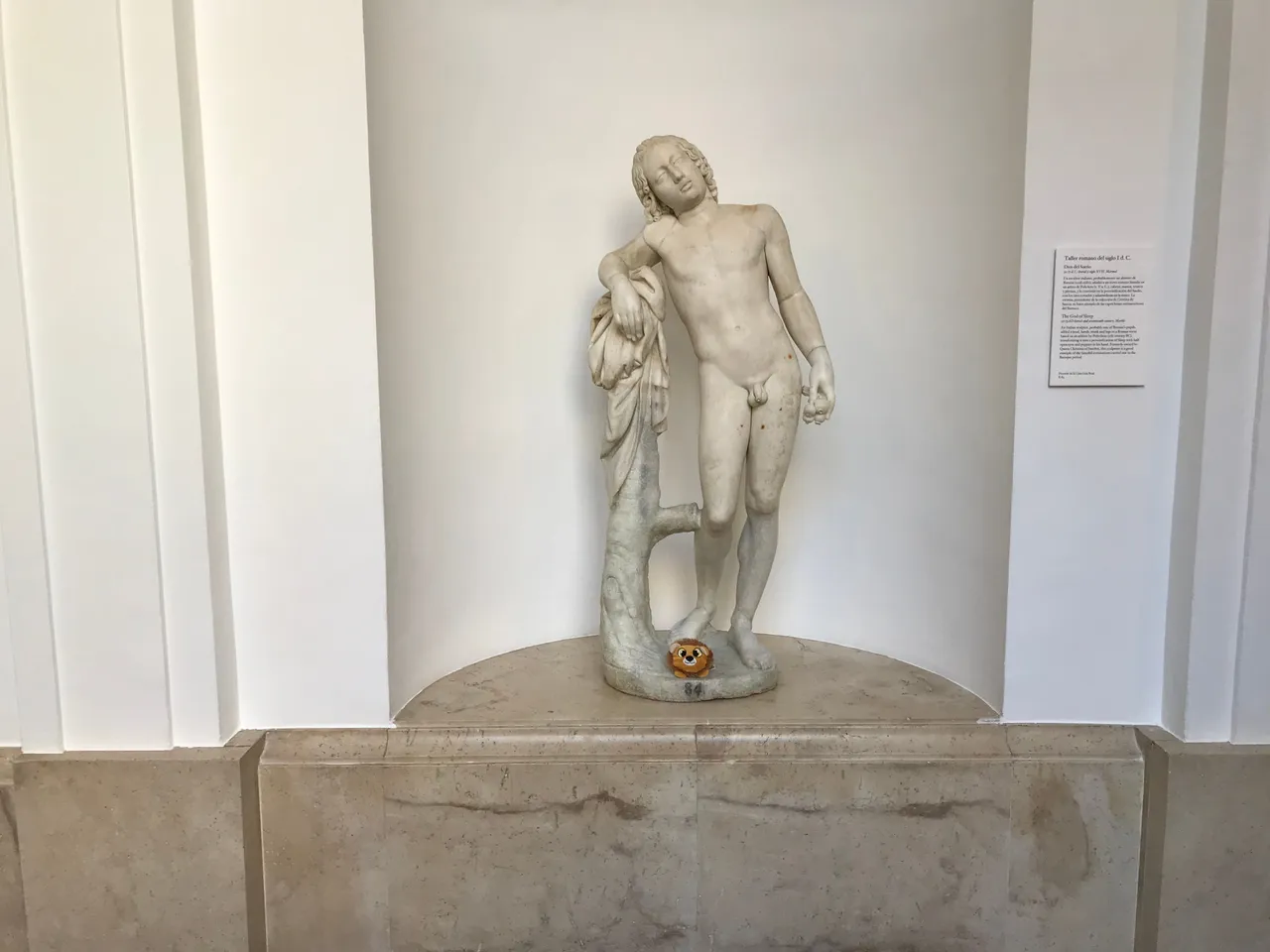
I hope you enjoyed your virtual trip to the Prado Museum!

If you liked this post, upvote, resteem and follow me!
